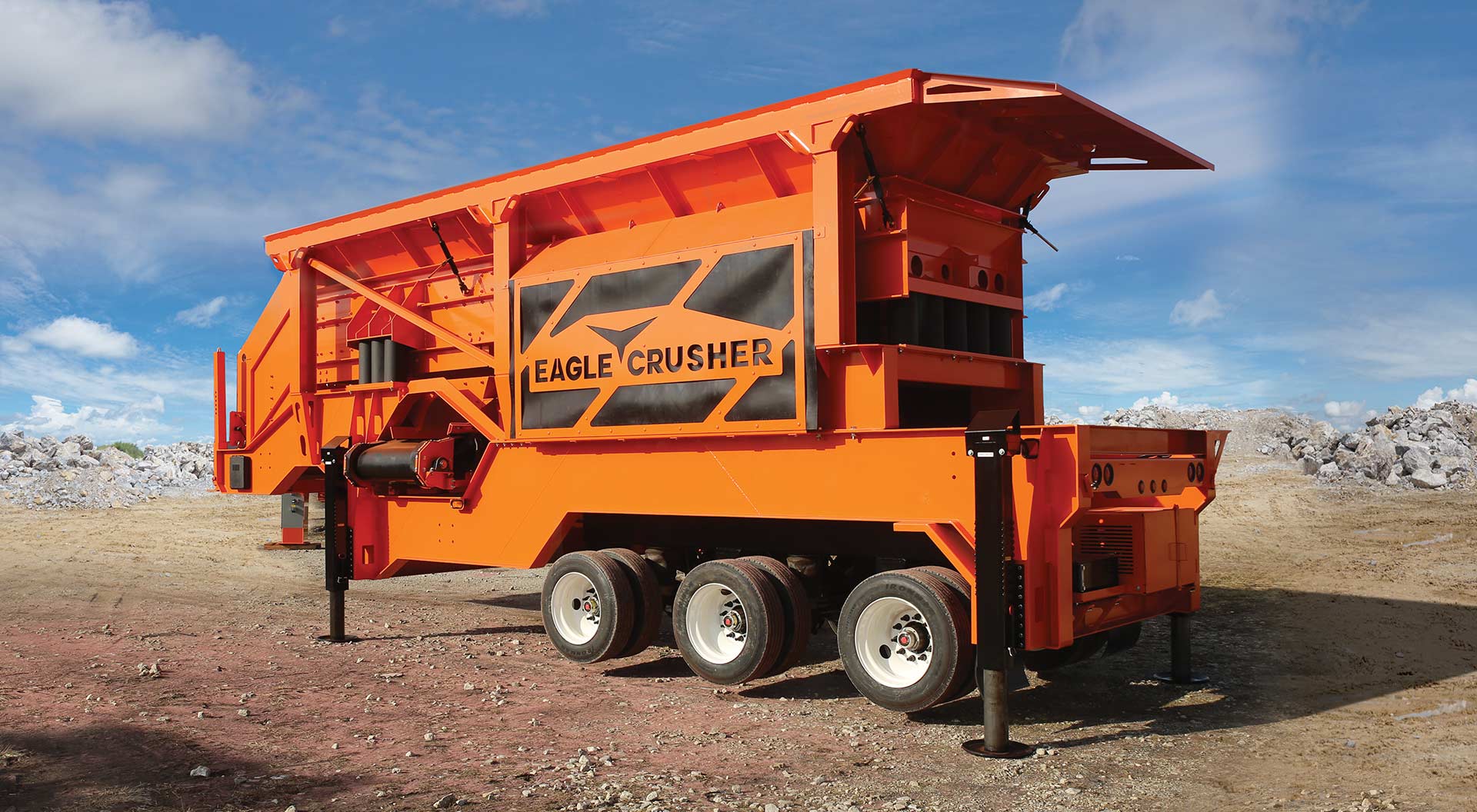No matter how well crushing machines are designed to protect their operators from injury, manufacturers can never completely safeguard for moments of error, oversight, and even disregard. While it may be tempting to cut corners in order to avoid downtime, trying to save even a few minutes’ time could lead to serious injury or death.
Among the various components of rock crushing equipment, the hopper feeder could be regarded as the one that presents the most risk. After all, the hopper feeder attracts heavy vehicles that deposit large quantities of hard material for screening and crushing. With these dangers looming, it is crucial to regularly brush up on crushing safety recommendations and protocol.
One of the more proactive choices that any safety-conscientious operator can make to reduce risk is to remain vigilant. When operating stone crushing equipment or operating vehicles for depositing material, like rocks or concrete, into the hopper feeder, take time to assess the area for any potential issues, like workers too close to equipment or obstructions in the hopper feeder itself.
To prevent obstructions, the general size of each rock being fed into the hopper feeder needs to be assessed. It is recommended that any materials being fed into the hopper feeder should be at most 80% the size of the crusher opening into which the feeder processes material, often referred to as the F80 rule.

As material is being processed, it is unequivocally advised that plant operators should never attempt to pick out material as it flows through the hopper. This kind of irresponsible activity, from atop the operator’s platform or on top of the crusher, is a serious breach of safety and could result in serious injury or death.
Should an obstruction occur in the hopper feeder, it is important to shut down the crusher plant and to follow proper lock-out-tag-out procedures as soon as possible without creating any additional safety issues; shutting down the plant, as well as waiting for the crusher to totally stop, will prevent any injury to the crusher and its operators as the obstruction is removed.
After the crushing plant is shut down, the obstruction should be assessed to determine which perpetrating material needs removed. Operators should attempt to remove the obstruction by mechanical means first, and if the material cannot be removed by mechanical means, it should then only be manually removed by someone who has been competently trained.
Whenever you are operating industrial crushing equipment or addressing safety concerns, it is always best to have a spotter to watch for any emerging issues. Remember, saving lives is more important than saving time; following safety protocol is in the best interest of everyone involved, so please take time to be mindful and to be safe.
This article does not serve as an official safety recommendation by Eagle Crusher and should not be viewed as such. All relevant staff should consult their owner’s manual before operating Eagle Crusher equipment, or any other manufacturer’s equipment, and comply with the safety guidelines therein.
Serious Projects Demand Eagle Crusher.
Eagle Crusher consistently leads the industry in new product innovations. We stand by our products with unsurpassed service and support to make your job easier.
Get serious. Get Eagle Crusher.
• Durability and longevity
• 24-hour parts and service
• American made
• Highest productivity and profits
• High resale value
• Celebrating 100+ years of service



